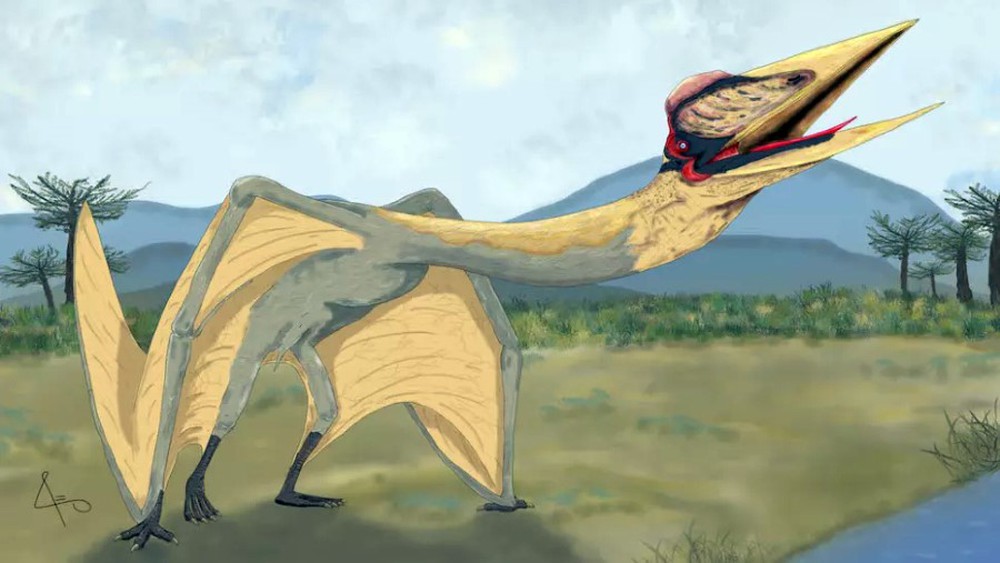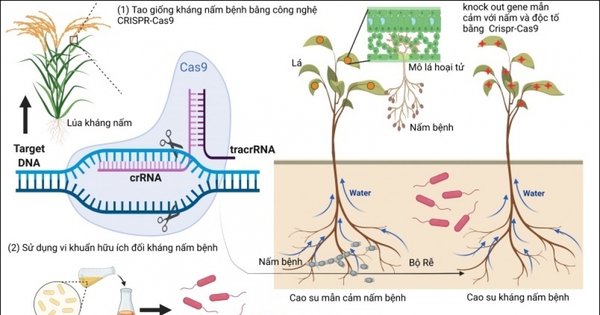
Dubbed by paleontologists “Dragon of death”, hai fossil Giant flying reptile discovered in the Plottier Formation, a rocky outcrop located in the province of Mendoza (Argentina).
The wingspans of the two specimens were measured to be about 7m and 9m wide, respectively. The researchers confirmed that they are azhdarchids, a family of pterosaurs lived in the late Cretaceous (about 146 million to 66 million years ago).
According to Leonardo D. Ortiz David, lead author of a new descriptive study of giant pterosaurs and chief coordinator of Argentina’s Dinosaur Museum and Laboratory in Mendoza:
“Azhdarchids are known to have very large skulls – sometimes larger than their bodies – as well as long necks and short, muscular bodies.”
The scientists identified the two pterosaurs found as individuals of the species Thanatosdrakon amaru. It is the only species in this genus, whose scientific name means “dragon of death” in Greek.
The study authors say the word “amaru” in the name means “flying snake” in the vernacular Quechu and refers to Amaru, a two-headed Inca deity.
The researchers determined that two pterosaurs died at about the same time, and one was incomplete. But they are not sure if the two fossils belong to the same family.
The fossils were found during excavations for a civil engineering project about 800 kilometers from the capital Mendoza. Prof Ortiz David and his team were overseeing the excavation when they discovered fossils in the floodplain sediments.
Mendoza, home to Aconcagua, the tallest mountain in the Americas, is also known to paleontologists for other important dinosaur discoveries, including the giant sauropod Notocolossus in 2016. one of the largest dinosaurs in the world (Ortiz’s team also made that discovery).
“The fossils are in different states of preservation; some of them are still complete, such as the great arm bones, the metatarsal bones. [xương bàn chân hợp nhất] and dorsal vertebrae.
Others are in a disjointed state, including the phalanges (toe bones), ulna, forearm bones, upper shin bones and pelvis,” Ortiz David revealed.
Ortiz David said it was surprising that the team discovered these fossils in such good condition, because pterosaurs bones are fragile and fossils are often found in the form of small fragments.
The researchers’ findings will be published in the September 2022 issue of the journal Cretaceous Research.
at Blogtuan.info – Source: Soha.vn – Read the original article here



